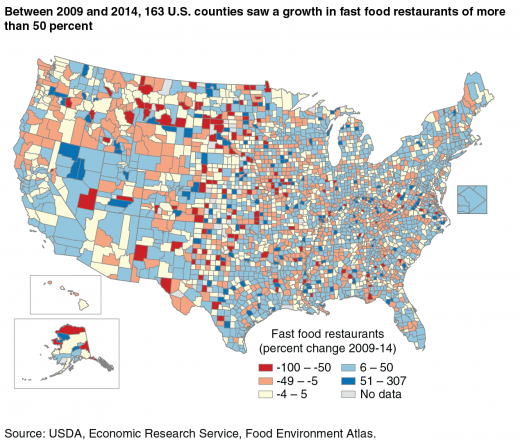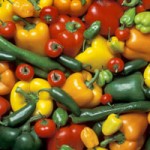Making soup, broth or sauce and need an easy way to skim off excess fat? Here’s some tips.
Place a metal spoon in ice cold water. Touch the cold spoon to the hot food and the fat should coagulate on the spoon for easy removal. In place of a spoon, use a cold lettuce leaf or an ice cube. Avoid stirring the food too much so fat rises to the top.
If you have more time, chill the food and the fat will rise to the top. Use a spoon or spatula to remove the hardened fat.
While fat carries some flavor, it also makes a food mixture unappealing and greasy.





